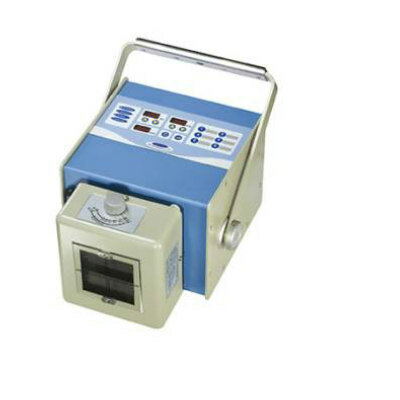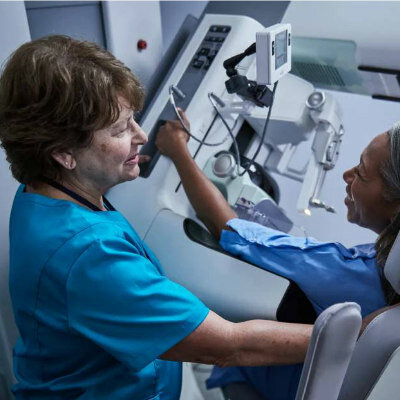Gaps Revealed in Radiotherapy Services Availability Across Europe
By MedImaging International staff writers
Posted on 06 Feb 2013
Wide inequalities in access to radiotherapy services, unmet needs, sporadic provisions, and unequal spending on resources are exposed in a recent European-wide study. For the first time, analysis revealed the reality of radiotherapy services on a country-by-country basis across Europe. Posted on 06 Feb 2013
The report’s findings were published online January 24, 2013, in the Lancet Oncology. Most dramatically, the study found that in several countries in Western Europe there are too few radiotherapy units to guarantee that cancer patients in need of radiotherapy receive treatment. For instance, in Italy around 16% of need is unmet, in Portugal 19%, Austria 20%, and the United Kingdom and Germany 21%. However, the authors cautioned that these seeming gaps in treatment supply may be compensated by more effective organization of radiotherapy provision.
Led by Dr. Eduardo Rosenblatt from the International Atomic Energy Agency (IAEA; Vienna, Austria), the report analyzed data from the Directory of Radiotherapy Centers (DIRAC) database, a global registry of radiotherapy facilities, to compare the need for radiotherapy equipment with existing supply based on the number of inhabitants and cancer incidence in 33 European countries.
Radiotherapy services availability differs greatly between countries and regions within Europe. Nordic countries, Belgium, the Netherlands, and Switzerland are well equipped with radiotherapy machines to meet the demand for treatment, whilst most countries in eastern and southeastern Europe are insufficiently equipped and have the greatest need to expand and update their equipment.
On average, the study found that countries have 5.3 teletherapy machines per million people; however, the number ranged from fewer than two per million in Macedonia and Romania to more than eight per million in Denmark, Switzerland, Belgium, Sweden, and Finland. Overall, 10 countries were found to have an insufficient number of machines to meet estimated need.
The findings propose that fragmentation of radiotherapy services exists in 28 of the 33 countries studied, with the United Kingdom, Sweden, the Netherlands, Denmark, and Slovenia having a more centralized setup, operating a high number (between four and10) of machines in each center. “The fragmentation in radiotherapy services that prevails in many European countries might affect the economic burden of radiotherapy and its quality,” said the authors, while stressing that although their findings do not confirm whether disparities in equipment and organization have an effect on cancer outcome, they do merit additional study into how to optimize the effectiveness of radiotherapy services.
Cancer is on the rise across Europe. Presently, 3.2 million Europeans are diagnosed with cancer every year, with roughly half of those requiring radiotherapy at some point. “Despite being more cost-effective than surgery and chemotherapy for treating cancer, the building and running of a radiotherapy center requires substantial financial and technical investment, so countries need to plan ahead,” explained Dr. Rosenblatt. “Our data should enable governments, European Union bodies, and international organizations to see at a glance how adequate the provision of radiotherapy is in each European country. For the first time, it gives countries the ability to plan investment objectively and ensure the building and maintenance of sufficient capacity to meet the ever-increasing demand.”
Related Links:
International Atomic Energy Agency














